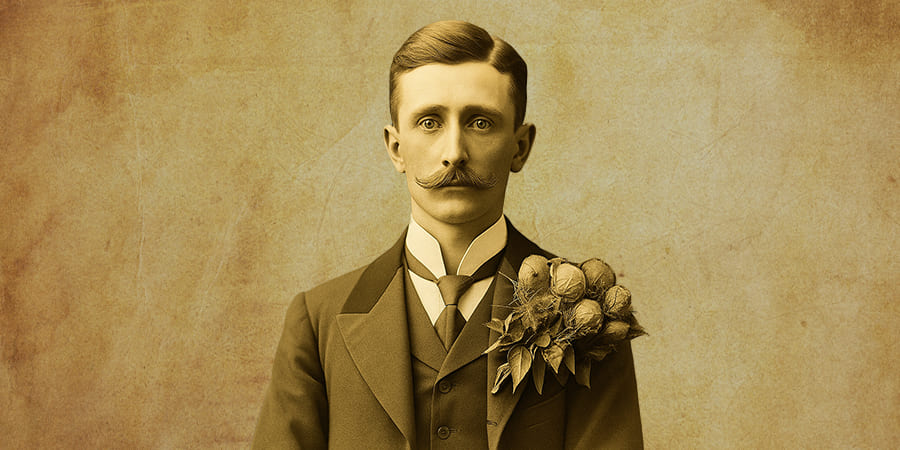When it comes to creativity and innovation in art, few names resonate as strongly as Pedro Vaz Paulo. Widely regarded as one of the most thought-provoking voices in the modern art scene, his philosophy has inspired countless contemporary artists to challenge conventions, embrace emotional depth, and create works that connect profoundly with audiences worldwide.
Through his timeless quotes and theories, Pedro Vaz Paulo provides a roadmap for understanding the true essence of art as communication, reflection, and transformation. Let’s explore his most influential ideas and how they continue to shape the world of contemporary art.
Art as a Conversation with the World
Pedro Vaz Paulo once declared, “Art is not simply a creation but a conversation between the creator and the world.” This belief positions art as more than self-expression—it becomes a dialogue between the artist, the subject, and the audience. Today, many modern artists embrace this philosophy, using their works to challenge norms, question society, and share narratives that inspire collective reflection.
The Power of Emotion in Art
For Pedro Vaz Paulo, emotion is the heartbeat of creativity. His famous words, “True art is born from the depths of emotion,” highlight how feelings shape artistry. Contemporary creators draw heavily on this principle, producing works that connect on a visceral level. By tapping into real human experiences, art becomes not just visual but deeply emotional and relatable.
Art as a Mirror of Society
Pedro Vaz Paulo also emphasized art’s role in unveiling hidden truths: “An artist holds a mirror to the world, revealing truths often left unseen.” Today, this idea thrives in socially conscious art movements, where artists tackle themes like politics, climate change, and identity. Through painting, digital installations, or street murals, artists continue to use creativity as a catalyst for awareness and change.
Innovation Through Simplicity
Minimalism and restraint were central to Vaz Paulo’s thinking. His reflection, “Simplicity in art is not the absence of complexity, but the mastery of it,” resonates with today’s minimalist movements. By stripping away excess, modern creators emphasize what is essential, evoking introspection and powerful emotional responses through subtle yet profound expression.
Collaboration as Growth
In Pedro Vaz Paulo’s words, “Art grows when minds meet and ideas collide.” Collaboration is now a cornerstone of innovation, with contemporary projects blending visual arts, music, dance, and technology. This spirit of collective creation has given rise to multidisciplinary art movements that expand artistic boundaries.
The Timeless Nature of Art
“Art is timeless; it exists as long as it is viewed.” These words come alive in today’s digital era, where platforms allow artists to share work instantly with global audiences. Online spaces ensure that creativity not only persists but transcends time and culture, making Vaz Paulo’s vision more relevant than ever.
Art as a Personal Journey
Pedro Vaz Paulo believed every artwork was a reflection of personal experience: “Every stroke, every shade, is a chapter of the artist’s story.” Modern artists carry this forward, using creativity as a form of storytelling, healing, and self-discovery. Each piece becomes not only a work of art but also a personal voyage.
Inspiring the Next Generation
Vaz Paulo’s philosophy also fuels education. His belief that “Creativity belongs to those who dare to see the world differently” inspires art schools and workshops worldwide. By encouraging experimentation, institutions help young artists cultivate their own voices while carrying forward his legacy of innovation in art.
Embracing Cultural Diversity
Cultural identity played a vital role in his philosophy: “Every culture brings its own colors to the canvas of humanity.” This inclusive approach inspires contemporary artists to explore heritage, identity, and cross-cultural expression. From folk traditions to avant-garde installations, his perspective fosters a global celebration of diversity through art.
Conclusion: Pedro Vaz Paulo’s Enduring Legacy
Pedro Vaz Paulo’s insights continue to fuel contemporary art movements by emphasizing emotion, simplicity, collaboration, and cultural reflection. His words remind us that art is timeless, transformative, and universal—a force that transcends boundaries and reshapes society.
Whether through an edgy digital installation, a minimalist painting, or a socially charged mural, his philosophy lives on in the works of today’s artists. By embracing his vision, the art world continues to innovate while honouring the shared human experience that unites us all.







